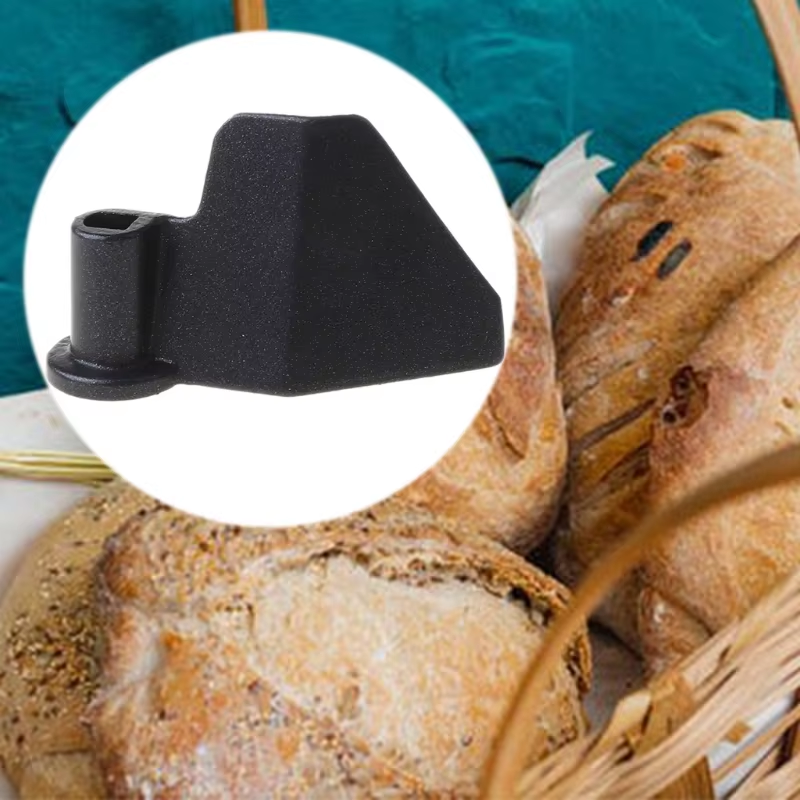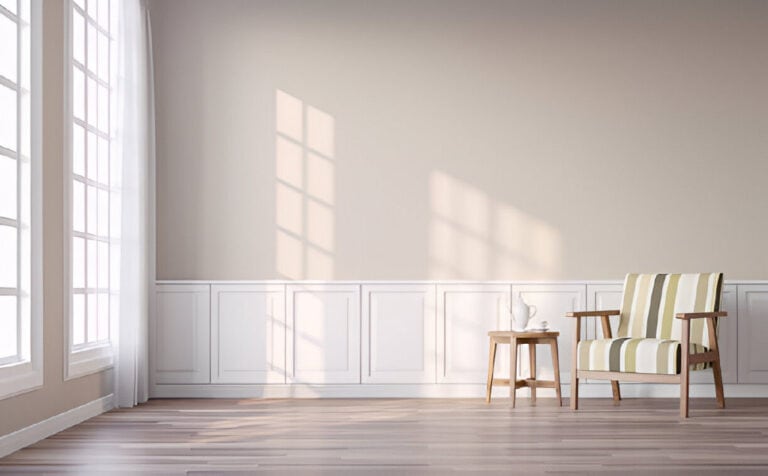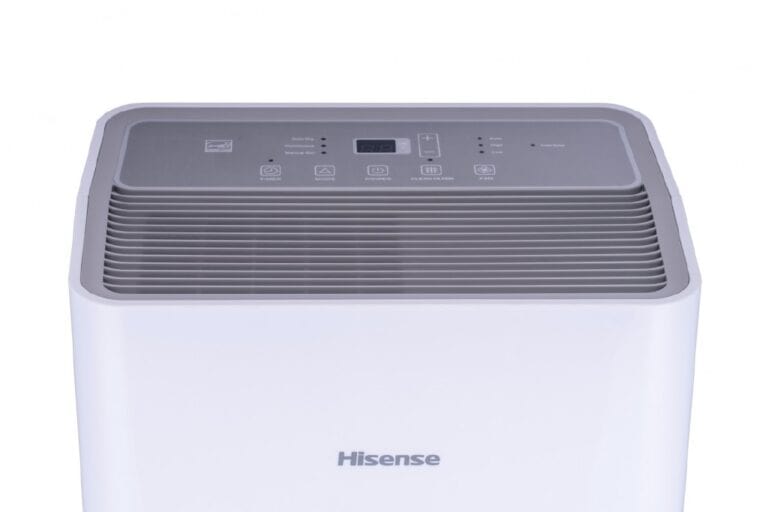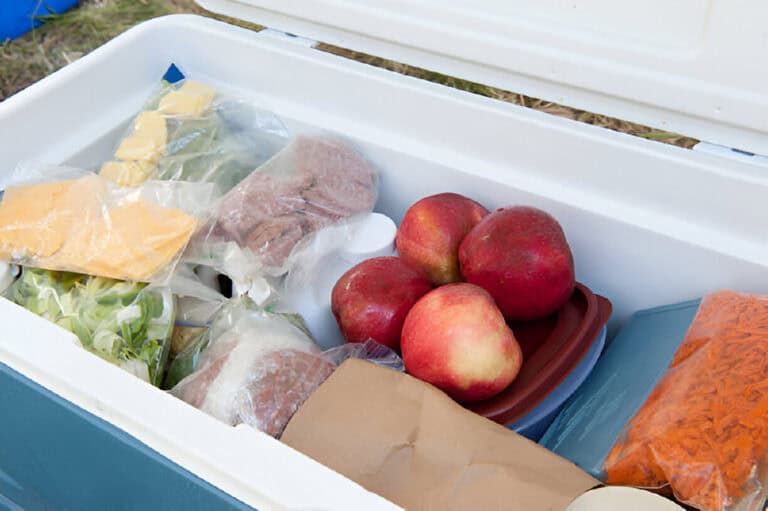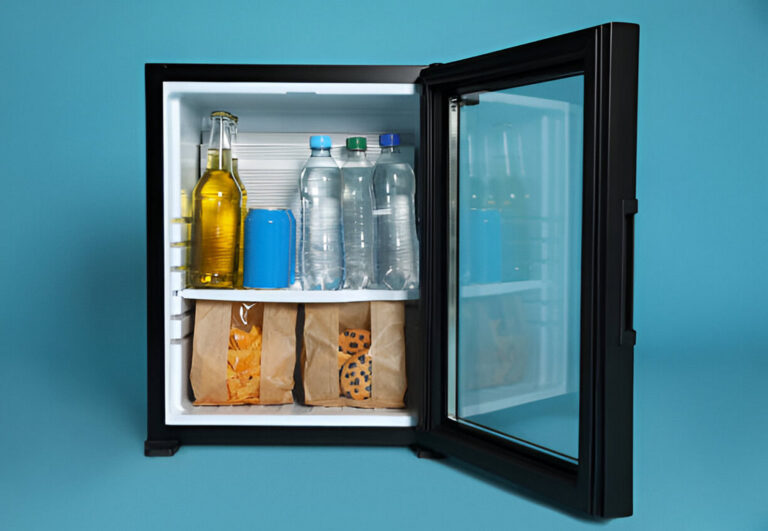When to Remove the Paddle in Your Bread Machine: A Simple Guide
Making fresh bread at home with a bread machine is a game-changer. It fills your kitchen with the lovely smell of warm, baked loaves. But if you’ve ever sliced into your bread only to find a large hole at the bottom, you’re not alone. That pesky hole is caused by the kneading paddle, which stays in place during the baking process. So, when should you remove the paddle in your bread machine to avoid this issue?
Should you take it out before baking begins, or is there a perfect moment during the cycle? Bread machine users often argue about when to remove the paddle. Timing matters a lot. It can turn a perfect loaf into one with a big hole. Grasping this small yet key step can boost your bread-making skills.
In this guide, we’ll cover when to remove the paddle, how to do it gently, and why it’s important for your loaf. By the end, you’ll have a foolproof method for achieving bakery-quality bread at home!
Table of Contents
The Purpose of the Bread Machine Paddle
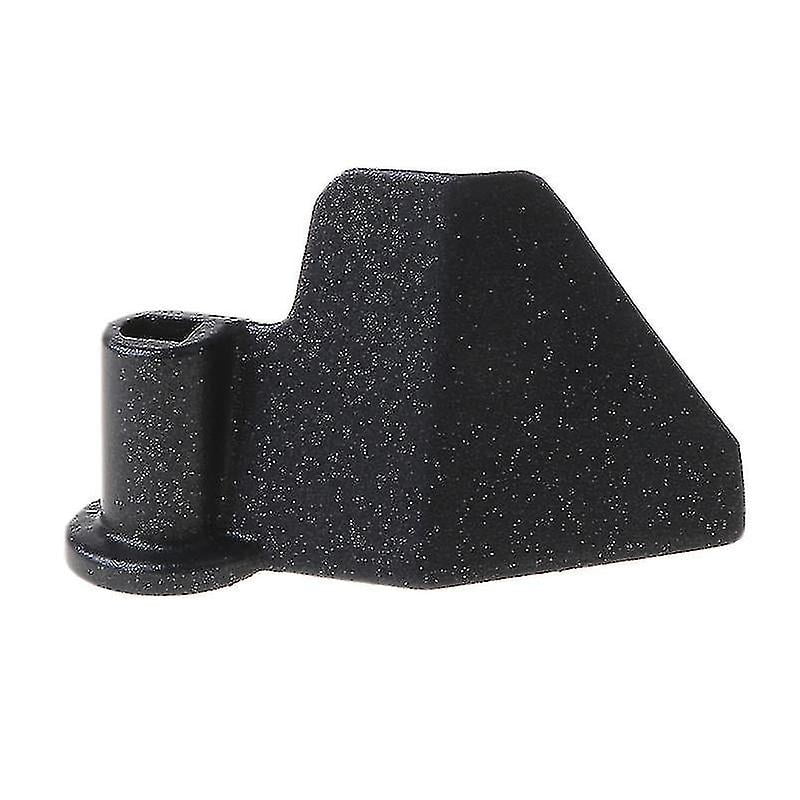
The bread machine paddle is vital for baking. It acts like the machine’s “kneading hands.” It mixes the ingredients well, so the dough gets the right texture and consistency. Without the paddle, the flour, water, yeast, and other ingredients won’t mix well. This causes uneven dough and results in poor bread quality.
The bread machine kneads the dough with the paddle. It keeps going until the dough is just right and has the perfect elasticity. This step is key for gluten development. It helps the bread have structure and chewiness. However, once the kneading phase is complete, the paddle is no longer needed.
One common issue with leaving the paddle in is that it creates a hole in the bottom of the finished loaf. While this doesn’t affect taste, it can be visually unappealing. Some bread makers remove the paddle before baking to achieve a more uniform loaf shape.
Understanding the paddle’s function helps you decide when and whether to remove it. To get a cleaner loaf, wait for the last kneading cycle to finish. Then, carefully take out the paddle. However, if convenience is a priority, leaving it in won’t harm the bread’s overall quality.
Why Remove the Paddle?
So, why go through the hassle of removing the paddle at all? Here are a few reasons why this simple step might make your bread better:
- Smoother Slices: No paddle means no gaping hole in your bread. Every slice stays intact, with no crumbling around the edges.
- Better Presentation: If you plan to serve that loaf for dinner or take it to a potluck, you want it to look perfect.
- Easier Cleanup: Skip the paddle to reduce nooks for dough. This means less sticking and drying, which makes cleanup a breeze.
When to Remove the Paddle: Timing Is Everything
Now comes the million-dollar question: When exactly should you remove the paddle? Here’s the trick: timing is everything. You’ll want to keep an eye on your bread machine during the kneading and rising phases. Most bread machines have a knead cycle, followed by a rise cycle, and finally, the bake cycle. The paddle’s work is done once the kneading and first rise are over.
Here’s a quick rule of thumb for common bread machine cycles:
| Bread Type | Kneading Cycle End | Ideal Time to Remove Paddle |
| White/Brown Bread | 15-20 minutes in | After first rise (~1 hour) |
| Whole Wheat | 20-25 minutes in | After first rise (~1 hour) |
| Quick Bread | 10-15 minutes in | End of knead cycle (~30 min) |
| Dough Only | Varies | Just before final rise |
Step-by-Step: How to Remove the Paddle
If you’re ready to avoid those holes, follow these easy steps:
- Prep the Machine: After the kneading cycle ends and the dough rises, press “pause” on your machine or unplug it.
- Remove the Dough: Carefully take the dough out of the pan, set it on a floured surface, and then remove the paddle.
- Shape the Dough: Give the dough a gentle re-shape to keep it even and smooth before placing it back into the bread pan.
- Resume Baking: Place the dough back into the bread machine pan, ensuring it’s settled evenly. Plug the machine back in or unpause, and let it resume the baking cycle.
Tip: If your machine lacks a pause function, try unplugging it for a moment. This usually won’t disrupt the program. Just check your manual to be sure!
Different Bread Types, Different Approaches
Not all breads are created equal, and some might require a bit of extra care. Here’s a quick rundown on how to handle paddle removal for different bread styles:
| Bread Type | When to Remove Paddle | Additional Tips |
| Basic White Bread | After final kneading | Smooth out the surface after removal |
| Whole Wheat Bread | After final kneading | Be gentle; whole wheat can be dense |
| Sweet Breads | After final kneading | Handle carefully to keep fillings intact |
| Gluten-Free Bread | Varies | May not need paddle removal |
| Dough Cycle Only | Anytime before baking | Perfect if shaping by hand |
Bread Machine Paddle FAQs
1. What if I miss the perfect moment to remove the paddle?
No worries! If you’re a bit late, it’s not the end of the world. While you may end up with a small dent, your bread will still taste fantastic. Removing it mid-bake might disturb the loaf’s shape, so let it finish baking, and enjoy the rustic charm!
2. Can I leave the paddle out from the start?
Some folks wonder if they can just skip the paddle. While you can, it won’t mix or knead your dough. If you’re using the bread machine mainly for baking, then sure, you can leave it out. But if you want fully automated bread, you’ll need that paddle to work its magic.
3. How do I prevent sticky dough from clinging to the paddle?
Coat the paddle with a light layer of cooking spray or oil. This trick keeps sticky dough from grabbing on for dear life.
Still have questions? Let’s tackle some of the most common paddle-related dilemmas:Final Thoughts: Mastering the Paddle Dance
Taking out the paddle from your bread machine seems simple, but it greatly improves your bread. You’re not only giving your bread a cleaner look but also making slicing and serving easier. Once you get the timing down, it’ll be second nature, and you’ll wonder how you ever did it any other way.
Bread machines simplify baking, but every loaf needs a personal touch. Watch the dough, take out the paddle, and shape it well. You can make bakery-quality bread with less effort.
So, next time your machine’s whirring away, keep one ear open for that final kneading signal. Take a quick pause, then pull your paddle carefully. You’re on your way to the perfect loaf—no big holes, no awkward slices. Just golden, delicious bread ready for you to enjoy.
Happy baking!
